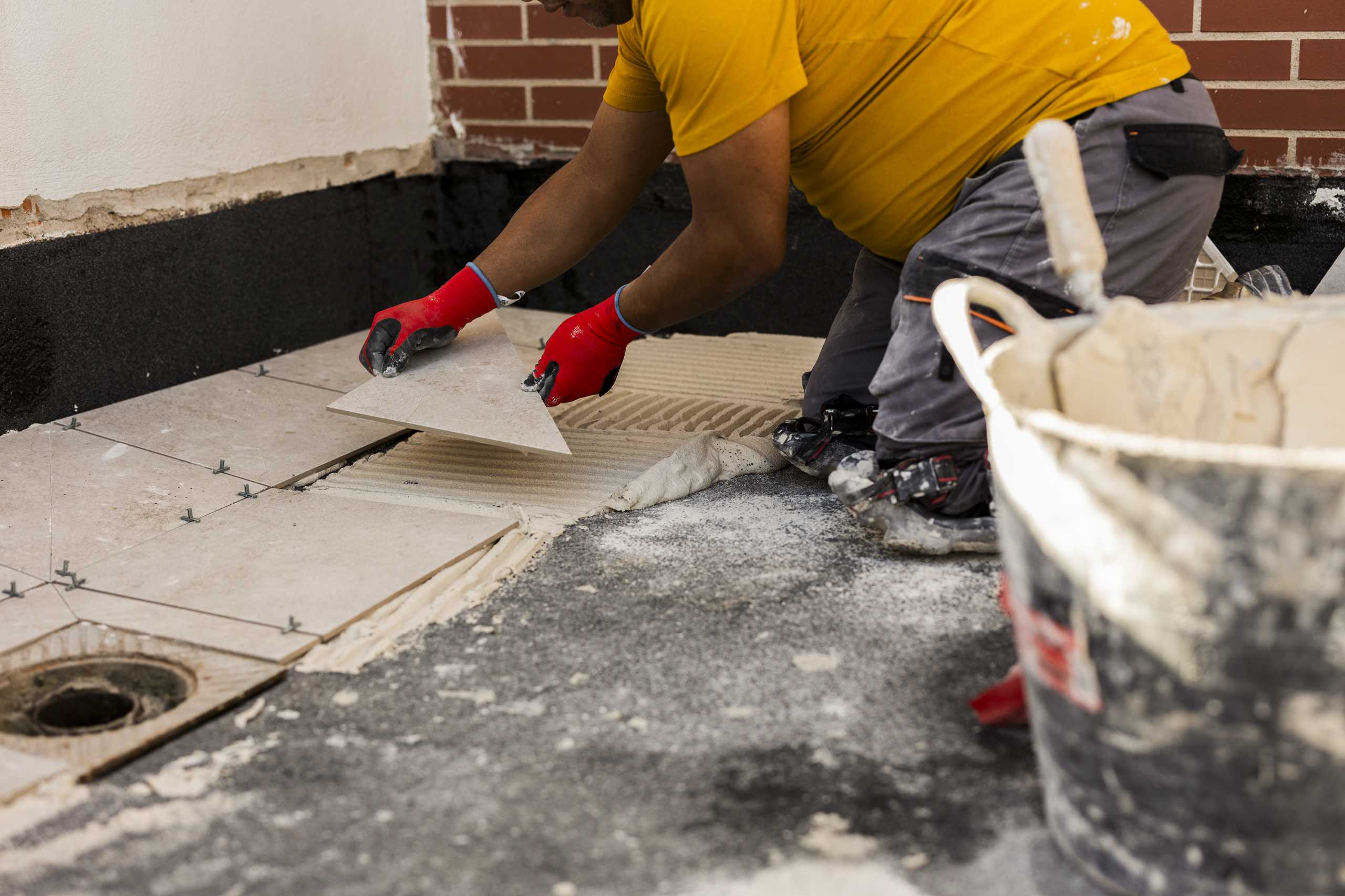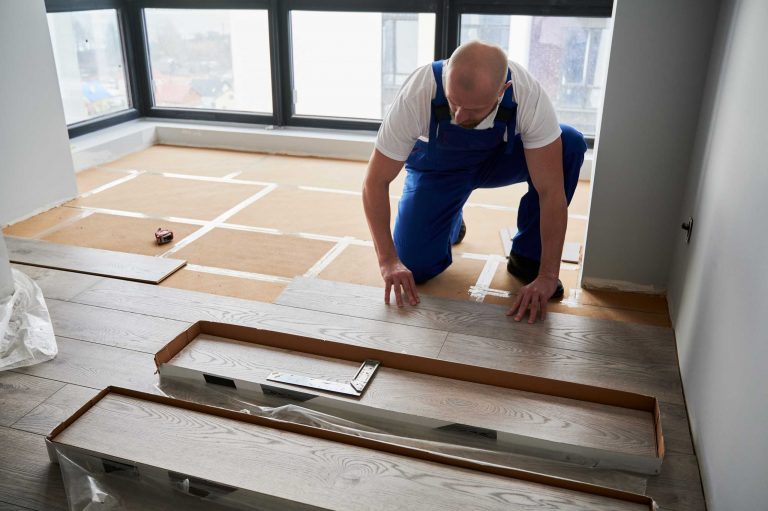Introduction
Learning flooring techniques through theory alone is never enough.
Hands-on training bridges the gap between knowledge and practical application.
Students gain confidence and skills that directly translate to real-world projects.
The Benefits of Practical Experience
Engaging with actual materials and tools accelerates learning.
- Real Installations: Practicing on real floors prepares students for professional challenges.
- Tool Mastery: Using hammers, saws, and adhesives improves accuracy and safety.
- Problem Solving: Experiencing mistakes firsthand teaches immediate solutions.
- Material Awareness: Understanding how wood and laminate behave enhances craftsmanship.
Learning from Professionals
Experienced instructors provide guidance that books cannot offer.
- Step-by-Step Demonstrations: Students observe and replicate expert techniques effectively.
- Immediate Feedback: Mistakes are corrected promptly, improving skill retention.
- Advanced Tips: Professionals share shortcuts and insights for high-quality results.
- Motivation: Seeing expert work inspires students to achieve excellence.
Creating Long-Term Value
Practical training ensures students become confident, employable flooring professionals.
- Portfolio Building: Real projects become a showcase of skills for potential clients.
- Certification Readiness: Practice boosts performance on assessments and exams.
- Efficiency: Hands-on experience shortens learning curves significantly.
- Career Advancement: Skilled graduates have a competitive advantage in the flooring industry.
Conclusion
Hands-on training is indispensable for anyone serious about flooring mastery.
It transforms theoretical knowledge into real expertise that employers and clients value.
Investing time in practical learning pays off with confidence, competence, and professional growth.




